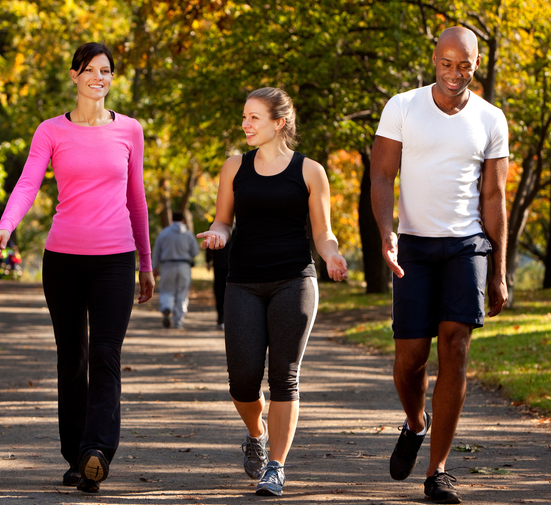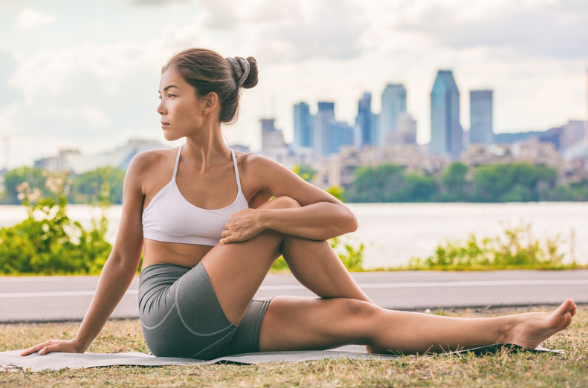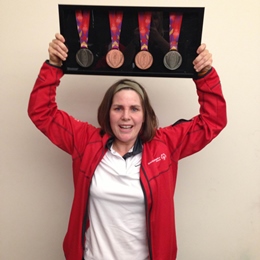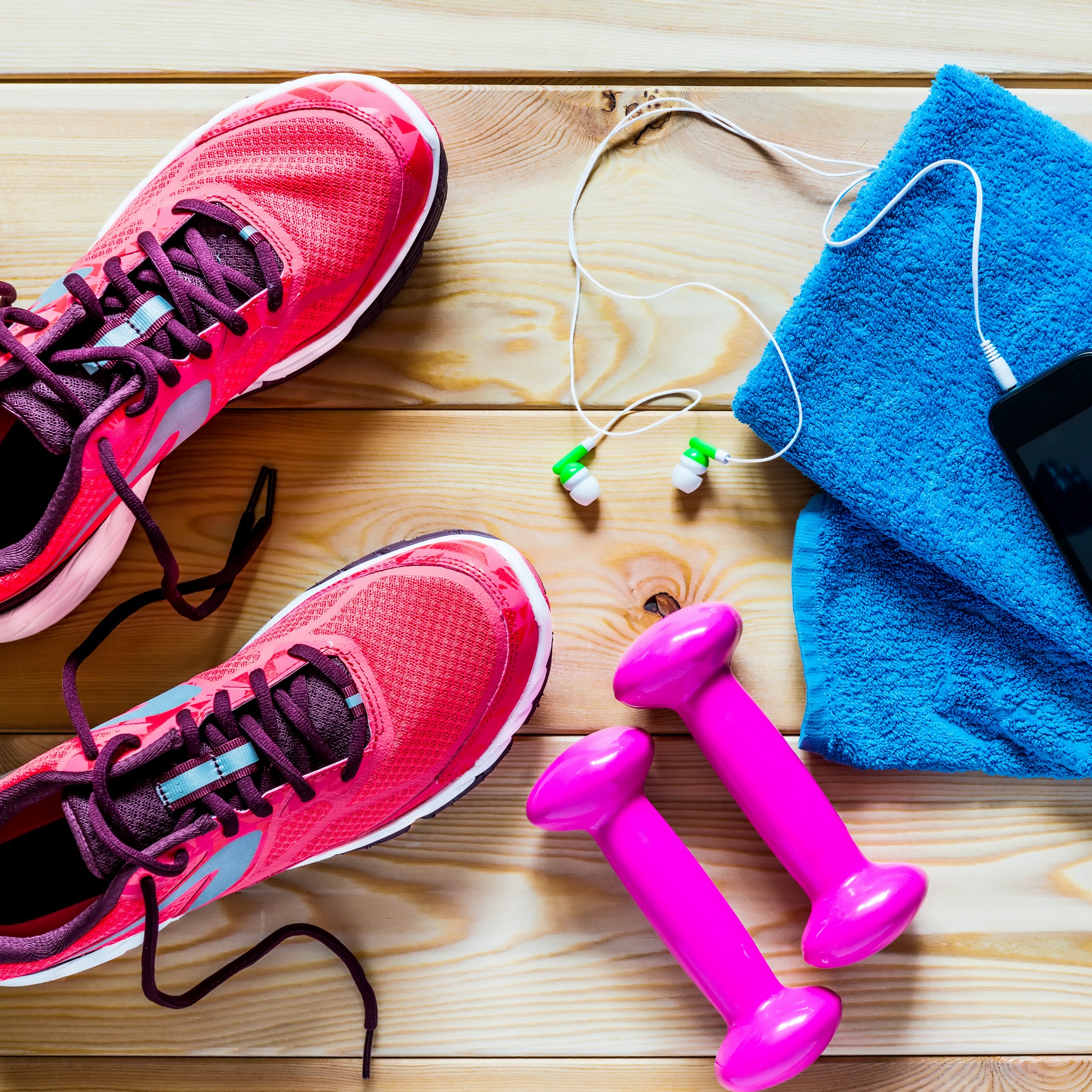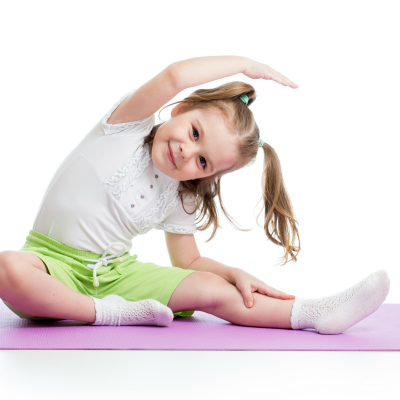

We all know exercise is good for us. It is the single best thing we can do for our health. But when it comes to creating an exercise program, many people don’t know where to start or what to include. Take a look at the following components of a well-rounded exercise program. Each will benefit your body in a different way to help you achieve your health goals.
Aerobic Activity
Aerobic activity, or cardiovascular exercise as many people know it, consists of repetitive motions involving large muscle groups of the arms and legs. It includes exercises like walking, jogging, swimming, and cycling. Aim for a minimum of 30 minutes of aerobic activity per day.
Try these aerobic activities:
- Go for a walk or run around your neighborhood
- Go for a bike ride
- Swim lengths at the pool
- Try out the elliptical at the gym
- Get out your jump rope and see how long you can skip for
Strength Training
Strength training, or resistance training, is important for building muscle and protecting your bones. This includes exercises such as resistance band workouts, the use of weight machines, free weights or your own body weight, such as pushups. It can result in better performance in everyday activities, such as climbing stairs or carrying the groceries. Muscle burns calories more quickly than fat does, so strength training can also help in weight management. Strength training should only be performed 2-3 times per week and never the same muscle groups 2 days in a row.
Try these strength training exercises:
Pushups
- Lie on your stomach on the floor with your hands below your shoulders you should be resting on the balls of your feet
- Keeping your back straight, raise yourself up using your arms
- If this is too difficult, begin from your knees instead of your feet
- Lower yourself until you are just above the ground
- Repeat as many times as you can
Squats
- Stand with your feet hip distance apart with your toes, knees and hips in a straight line
- Keeping your abdominals tight, stick your butt out and slowly lower your body as though you are sitting in a chair
- Look down and make sure your knees are BEHIND your toes
- Keeping the weight in your heels, slowly push up to your starting position
- Repeat 10-15 times, performing 1-3 sets
Flexibility
Flexibility exercises focus on stretching. As you age, muscles tend to shorten and weaken, making them more vulnerable to injuries. Regular stretching can move muscles through their desired range of motion safely. It is best to perform stretches after a 5-10 minute warm up, which can consist of a brisk walk. Activities such as yoga and Pilates combine stretches with strengthening exercises. Stretching should be performed daily or several times a week to see lasting results. Hold each stretch for about 30 seconds.
Try this flexibility exercise:
Quad stretch
- Standing tall and with feet hip-width apart, reach back and grab your right angle
- Keep your thighs lined up next to each other and the right leg in line with your right hip
- Hold for 30 seconds
- Repeat on opposite side
Balance
The final component of an exercise program is balance. Balance exercises are one of the best ways to prevent falls from happening. Poor balance becomes more common with age and can be due to a number of reasons, including medical conditions, poor vision and certain medications. Balance exercises are quick and easy to do and they often fit well into the warm up section of any exercise program. Many strength training exercises serve well as balance exercises as well. Other examples of balance exercises include walking a hiking trail, where your body must adjust to uneven pressure on different parts of your feet, or activities such as tai chi, yoga, and Pilates.
Try this balance exercise:
Weight shifts
- Stand with your feet hip width apart and your weight equally distributed on both legs
- Shift your weight to your right side, then lift your left foot up off the floor
- Hold the position as long as you can maintain good form, up to 30 seconds
- Return to starting position and repeat on opposite side
Exercise Precautions
Make sure you consult your health care practitioner before starting any new exercise program. Go at your own pace and stop the exercise if you feel overly fatigued or short of breath.
Sources: http://health.gather.com/viewArticle.action?articleId=281474977020749


